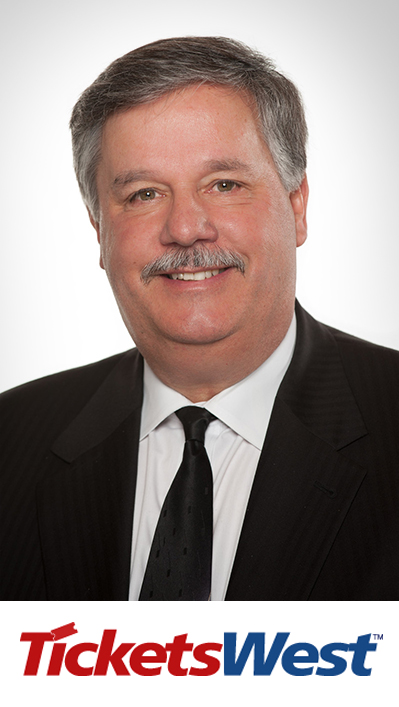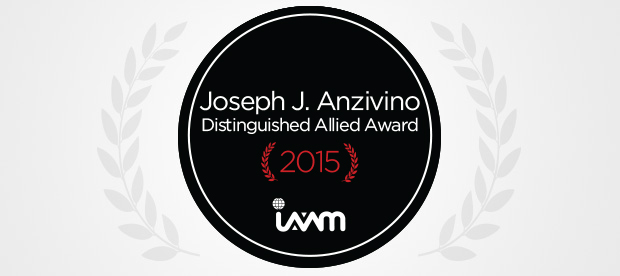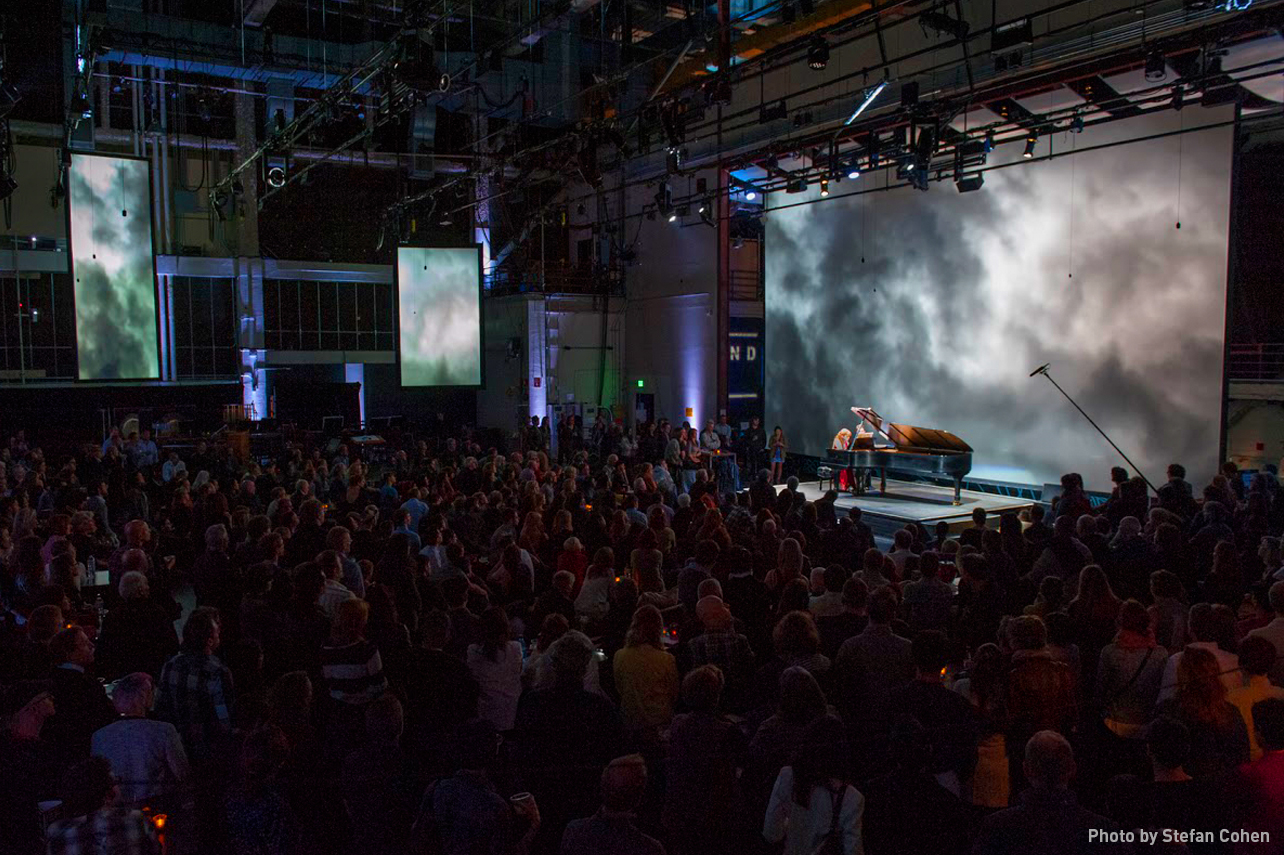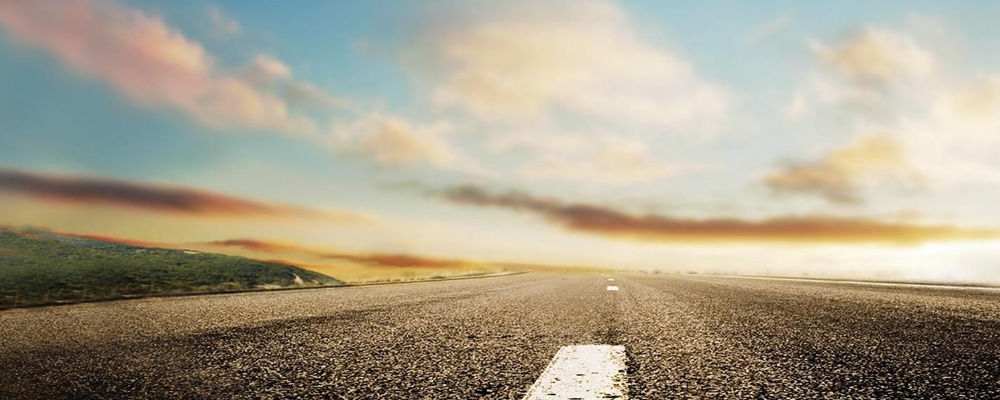Jack Lucas, TicketsWest President, to Receive the Prestigious 2015 Joseph J. Anzivino Award from IAVM
The International Association of Venue Managers (IAVM) is pleased to announce Jack Lucas, president of TicketsWest and WestCoast Entertainment, as the recipient of the 2015 Joseph J. Anzivino Award. The Anzivino Award is granted to a distinguished, Allied IAVM member for extraordinary contributions to the Association and the professional venue management industry it serves.
Lucas has been in the entertainment industry for over 38 years, and has been with TicketsWest since 1987. Prior to TicketsWest, Lucas spent thirteen years as an Event Supervisor for the City of Spokane Entertainment Facilities, which included a 2,700-seat performing arts center, a 30,000-seat stadium, an 8,500-seat multi-purpose arena, and a convention center.
 Lucas has served on numerous civic boards, including Big Brothers Big Sisters, Lilac Services for the Blind, Goodwill Industries, Eastern Washington University Foundation, and various other organizations.
Lucas has served on numerous civic boards, including Big Brothers Big Sisters, Lilac Services for the Blind, Goodwill Industries, Eastern Washington University Foundation, and various other organizations.
Lucas’ contributions to IAVM have been tremendous. He has been an active member since 2000, serving District 4 as the Allied Representative from 2001-2005, on the Allied Committee from 2006-2010, and on the IAVM Board of Directors from 2010-2012. Lucas has also volunteered on IAVM’s conference planning committee in 2002, and on the Industry Affairs Council from 2006-2010.
“Jack Lucas is considered ‘The Lion King’ of IAVM Region IV,” said Kim Bedier, CFE, chair of the IAVM Board, “but his support of IAVM has extended far beyond regional borders. I have so enjoyed working and serving with Jack. I have firsthand witnessed and benefited from his leadership, mentorship, and passion for not only our association but the industry as a whole. Jack is more than deserving of this prestigious award.”
Leslie Taylor, senior associate at Gensler, and chair of IAVM’s Allied Member committee, agrees. “Through his unwavering commitment to the venue management industry and IAVM, Jack embodies the spirit of the Anzivino Award. His leadership of IAVM’s Allied Membership is invaluable.”
“Jack has made a huge contribution to IAVM and to the Performing Arts sector during his many years of service,” offered Vicki Hawarden, president and CEO of IAVM. “Jack approaches everything he does with high energy and a good sense of humor, and it is a pleasure to see him receive this well-deserved honor.”
Upon being notified of receiving the award, Lucas offered the following comments:
“We all know that we do what we do because of our love for what we do, and we do it without expecting anything in return. I have had an incredible career and journey, and IAVM has been a major part of that.”
The award will be presented during IAVM’s annual conference and trade show, VenueConnect, August 1-4, 2015, in Baltimore, Maryland.
AVSS Through the Eyes of the Intern
I woke up the morning of the last day with the hopes that day would last forever. One thing I could count on was the experience I had and the relationships I made would echo into the future.
As the first intern at IAVM’s Academy for Venue Safety & Security (AVSS) from the Joseph A. Floreano Scholarship + Internship program, my experience was nothing short of amazing, and the following words, as I try my best to describe the experience, will come short of what I really felt, learned, valued, and experienced in a week-long event.
I arrived to the Hilton DFW Lakes Executive Conference Center, where AVSS and GuestX was co-located, after a long trek to Dallas from Springfield, Missouri. My internship started with assisting at check-in/registration, where as the intern I got the first hand look on a handful of different companies and venues that would have an attendee, speaker, or guest for AVSS or GuestX. Soon after registration was Opening Night at Austin Ranch, where a networking opportunity immediately started. It took a little warming up to start meeting some strangers; I had a little help from the great Kim Bedier, CFE, chair of the IAVM Board of Directors, to start off, introducing me to some key individuals.
The next morning started with Welcome & Introduction where Bedier; Vicki Hawarden, CMP; Randy Vogel; and John Siehl, CFE; took the time to give a few welcoming notes to everyone at AVSS and GuestX, as well as introduce Kevin Henry, the scholarship recipient, and then me, the internship recipient. This was one part that I greatly appreciated, because it was a helpful ice-breaker for the conversations that were to come later. I also appreciate Kim’s mention that I will be graduating soon—a handful of conversations ended with open doors to so much opportunity!
Generic Rehearsal Space Transforms Into Sold-Out Venue
The San Francisco Symphony is about to wrap up the first season of Soundbox, an experimental music venue that leverages unused rehearsal space, art, video, and superb sound to deliver shows to a new audience well below their traditional 64-year-old patron. Attendees of IAVM’s 2015 Performing Arts Managers Conference experienced the space first-hand during a private tour, and the success of the new project is beginning to emerge.
“In only its third iteration, Soundbox has become a thing unto itself, and it took less than a scant four months to transform from a promising experiment into a scene of its own. Musically, last weekend’s version rivaled the opener in terms of surprising, delighting, and delivering, but while no one was looking SoundBox found an entirely new audience. I did see some familiar faces in the crowd on Saturday night, but what struck me was how quickly the demographic of the audience changed, as if with each new show the average age of those attending decreased by a number of years. Look at the picture above and try to find classical music’s ‘greying audience’ in the crowd. The place is a hit.”—John Marcher in the San Francisco culture blog, A Beast In A Jungle
The venue reverts back to rehearsal space this spring, but with every show selling out, and with a fresh audience tilting toward 20- and 30-somethings, creator Tilson Thomas is planning on its return next year.
Listen to Cy Musiker’s full story for KQED News below:
Notice of Membership Dues Increase
In an effort to ensure IAVM continues its path of providing excellent products and services and in conjunction with our Mission, Vision and Goals, the Board of Directors has approved a small dues increase. See the new rates below. Members whose renewal date is July 31 or greater will reflect the new pricing shown below.
• Allied – $600 to $620
• Allied Extra – $455 to $470
• Professional – $455 to $470
Faculty, Young Professional, Student, and Retired membership dues will remain the same. If you have any questions about your renewal, you may contact me, your director of membership, via email or phone: 972.906.7441. We appreciate your support.
SXSW15: The New Cathedral: Sports Stadiums
Brian Mirakian is a smart man. He is the director of Populous Activate in the Americas, and he presented a wonderful, thoughtful session at this year’s South by Southwest conference in Austin, Texas. His session, “The New Cathedral: Sports Stadiums,” took a look at the past, present, and future of stadium design.
“We’re moving rapidly from a spectator culture to participant culture, and the next generation fan wants access and interaction with the athletes on the field,” Mirakian wrote in session recap on Populous.com.
In the recap, Mirakian offers 10 ways to look at what has become a cathedral to many: the sports stadium. Let’s look at the first five, along with some quotes from Mirakian.
1. The new cathedral is… the same as the old cathedral.
“In the same way that the Roman Coliseum was a symbol for the community and captured a distinct sense of place that brought people together, the future stadium will communicate the spirit of its city and its culture.”
2. The new cathedral is… designed for the experientialist.
“The next gen experientialist fan wants to participate, explore, interact with brands, socially congregate in areas connected to the action and make memories with friends beyond the seating bowl.”
3. The new cathedral is… embedded and reactive.
“Our buildings can actually become responsive to fans—whether through reactive surfaces or embedded architecture (like we saw in the London 2012 Main Stadium) or the future use of augmented reality technology.”
4. The new cathedral is… a place that interconnects fans and athletes.
“By using next generation data analytics, it’s not hard to imagine that fans will be able to capture, follow, and experience what their favorite athlete experiences in a game.”
5. The new cathedral is… home to a global audience.
“93 percent of NFL fans will never step foot in an NFL stadium … which means franchises now have to understand their fan base and brand exists everywhere and must challenge themselves to engage a global audience of fans who aren’t in the building.”
Mirakian affirmed that technology will not kill stadiums, because of our human nature.
“People will aways want to share a social experience together,” he said. “It’s what makes us human.”
Please visit Populous.com to learn about the other five ways sports stadiums are evolving.
(Image: Populous)
Do you want to receive a Front Row News weekly digest?
Categories
- Allied (861)
- Architecture (147)
- Arenas (747)
- Career (897)
- Convention Centers (895)
- Education (623)
- Events (1,544)
- Food & Beverage (193)
- Foundation (113)
- Guest Experience (1,496)
- Industry News (2,270)
- Leadership (1,888)
- Marketing (150)
- Membership (2,000)
- Music (213)
- Performing Arts Centers (454)
- Professional Development (409)
- Research (127)
- Safety & Security (442)
- Sports (763)
- Stadiums (608)
- Student (159)
- Technology (516)
- Ticketing (92)
- Touring (82)
- Trends (364)
- Uncategorized (739)
- Universities (218)
- Video (25)
- Young Professional (198)
Twitter Feed
- Twitter feed loading
Recent Posts
- New Member Benefit! IAVM Partners with Advantage Training to Elevate Staff Readiness and Guest Experience
- Charlotte Convention Center Welcomes Two New Leaders to its Management Team
- Fort Worth Cuts Ribbon on Phase 1 of Convention Center Expansion
- Raleigh Convention Center Update Following December 1st Fire
- VenuWorks Appoints Robert Thomas as Executive Director for Cedar Rapids Facilities
Categories
- Allied
- Architecture
- Arenas
- Career
- Convention Centers
- Education
- Events
- Food & Beverage
- Foundation
- Guest Experience
- Industry News
- Leadership
- Marketing
- Membership
- Music
- Performing Arts Centers
- Professional Development
- Research
- Safety & Security
- Sports
- Stadiums
- Student
- Technology
- Ticketing
- Touring
- Trends
- Uncategorized
- Universities
- Video
- Young Professional
Archives
- December 2025
- November 2025
- October 2025
- September 2025
- August 2025
- July 2025
- June 2025
- May 2025
- April 2025
- March 2025
- February 2025
- January 2025
- December 2024
- November 2024
- October 2024
- September 2024
- August 2024
- July 2024
- June 2024
- May 2024
- April 2024
- March 2024
- February 2024
- January 2024
- December 2023
- November 2023
- October 2023
- September 2023
- August 2023
- July 2023
- June 2023
- May 2023
- April 2023
- March 2023
- February 2023
- January 2023
- December 2022
- November 2022
- October 2022
- September 2022
- August 2022
- July 2022
- June 2022
- May 2022
- April 2022
- March 2022
- February 2022
- January 2022
- December 2021
- November 2021
- October 2021
- September 2021
- August 2021
- July 2021
- June 2021
- May 2021
- April 2021
- March 2021
- February 2021
- January 2021
- December 2020
- November 2020
- October 2020
- September 2020
- August 2020
- July 2020
- June 2020
- May 2020
- April 2020
- March 2020
- February 2020
- January 2020
- December 2019
- November 2019
- October 2019
- September 2019
- August 2019
- July 2019
- June 2019
- May 2019
- April 2019
- March 2019
- February 2019
- January 2019
- December 2018
- November 2018
- October 2018
- September 2018
- August 2018
- July 2018
- June 2018
- May 2018
- April 2018
- March 2018
- February 2018
- January 2018
- December 2017
- November 2017
- October 2017
- September 2017
- August 2017
- July 2017
- June 2017
- May 2017
- April 2017
- March 2017
- February 2017
- January 2017
- December 2016
- November 2016
- October 2016
- September 2016
- August 2016
- July 2016
- June 2016
- May 2016
- April 2016
- March 2016
- February 2016
- January 2016
- December 2015
- November 2015
- October 2015
- September 2015
- August 2015
- July 2015
- June 2015
- May 2015
- April 2015
- March 2015
- February 2015
- January 2015
- December 2014
- November 2014
- October 2014
- September 2014
- August 2014
- July 2014
- June 2014
- May 2014
- April 2014
- March 2014
- February 2014
- January 2014
- December 2013
- November 2013
- October 2013
- September 2013
- August 2013
- July 2013
- June 2013
- May 2013
- April 2013
- March 2013
- February 2013
- January 2013
- May 2012
- March 2012
- December 2011
- November 2011
- October 2011
Recent Comments
- Frank Bradshaw, Ph.D., CVE on John Meyer, CVE, a Tireless Advocate of Certification for Venue Professionals, Has Died
- Neil Sulkes on Hilary Hartung, Friend to Many in Venue Marketing, Has Left Us
- Jason Parker, CVE on The Devastation of Hurricane Helene and How We Can Support One Another
- Larry Perkins on Touhey Testifies Against Speculative Ticketing Before Congressional Subcommittee
- Peter Secord on Major Players for Planned Elkhart Amphitheater Were in the Mix at VenueConnect





